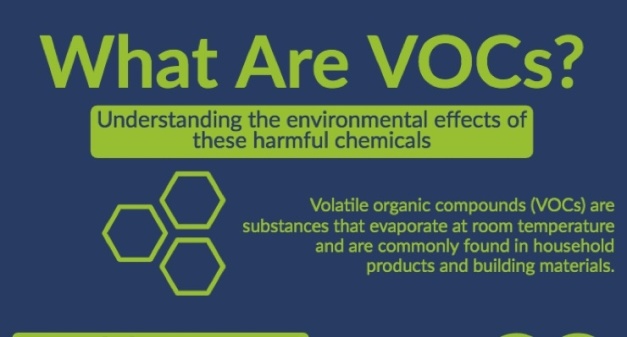Free Courses Sale ends Soon, Get It Now


Free Courses Sale ends Soon, Get It Now



Copyright infringement not intended
Context:
About:
Role:
Sources of VOCs:
Household products, including
Other products, including:
Impact of VOCs on Health:
Impact on Environment:
How do VOCs cause smog?
|
Non-methane volatile organic compounds (NMVOC) are VOCs minus methane, a greenhouse gas. |
Suggestions to tackle VOCs:
Technologies for emission control of VOC in industrial settings:
© 2024 iasgyan. All right reserved